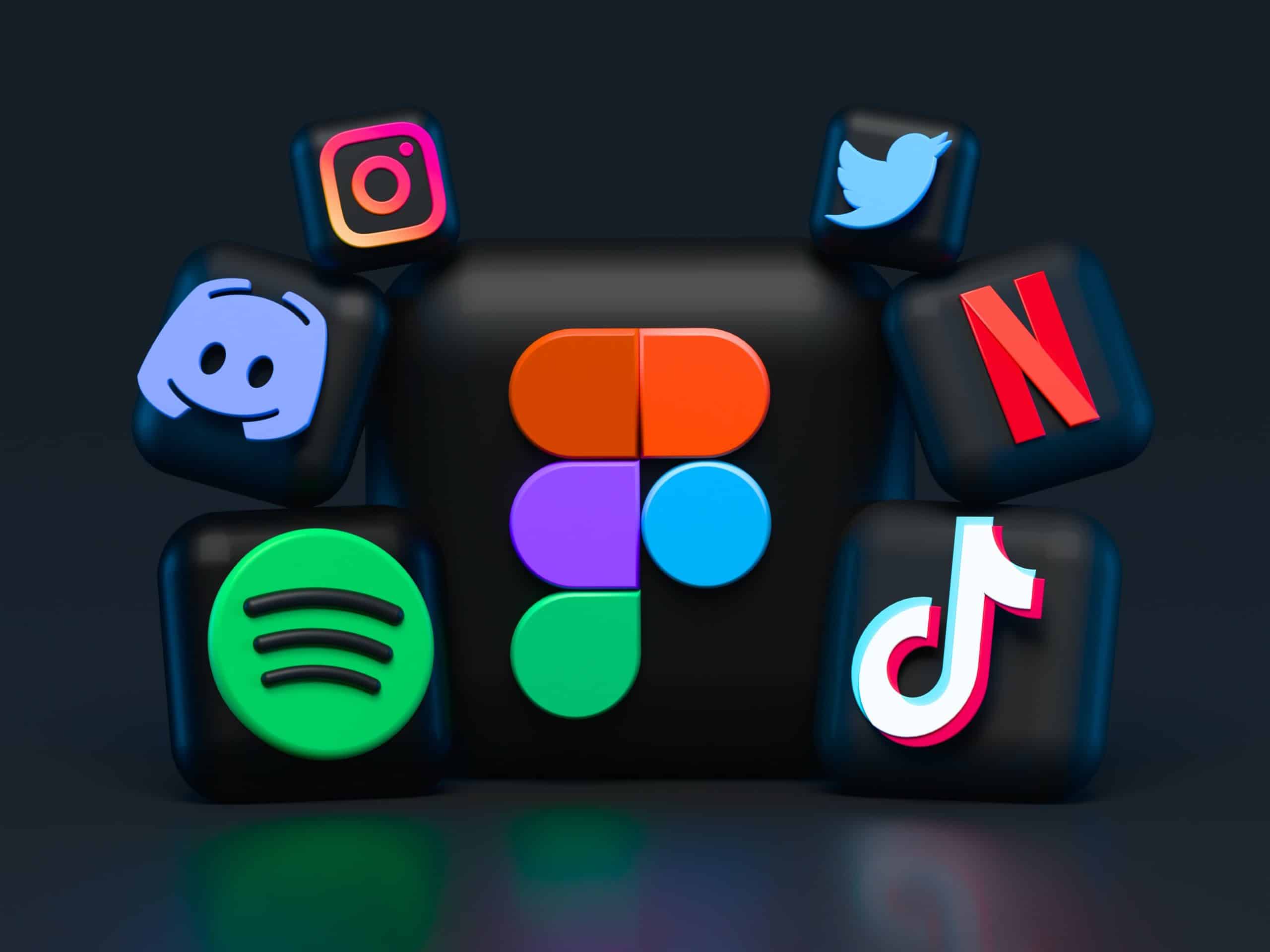Growth
How Apple Drank Its Own Kool-Aid And Created A Thriving Developer Ecosystem
APIs & Platforms: How Interfaces and Access Enable the Networked Economy – Exploring the Power of API-driven Platforms.
Imagine visiting eBay on day one. You’d have a choice between a merchant and consumer profile and once you set up your profile, you’d realize really soon that the platform was utterly useless if there weren’t any sellers selling their wares.
Platforms face The Ghost Town Problem quite often, not just on day one but all the way till they hit critical mass. The problem is that platforms have little or no standalone value to consumers. Consumers visit AirBnB to rent apartments, Youtube to watch videos and get onto the iTunes app store to download apps. The products on the platform (rental listings, videos and apps respectively) are the ultimate products with which the consumers interact.
What works for the iPhone…
When the iPhone launched back in 2007, it didn’t have an app store. In fact, the whole implementation of the iPhone+App Store as a platform showed up several months down the line. But when the iPhone launched without the app store, it still had a basic set of in-house-developed apps which gave it the minimum functionality required from a high-end phone at that time. Rumor has it that Steve Jobs was against opening out an app store to third party developers. We’ll never know whether Jobs was wrong but the app store was a masterstroke for Apple that not only disrupted the entire mobile industry, it also breathed new life into the iPod Touch and eventually, the iPad and the Mac.
When a platform starts out with the platform owner as the sole producer, the addition of new producers provides consumers with greater selection.
Feel Free to Share
Download
Our Insights Pack!
- Get more insights into how companies apply platform strategies
- Get early access to implementation criteria
- Get the latest on macro trends and practical frameworks
Today, the app store is the reason iPhones sell. The design and capacitative screen are great but the iPhone wouldn’t have become such a raging success if not for the fact that its functionality could be extended by the user with a search and a couple of taps.
So this is how Apple solved the mutual baiting problem here. Apple acting as a producer on its own platform launched the iPhone with a few in-house apps, which along with the superior design and hardware, attracted an initial base of users. This initial base of users attracted developers to the iOS platform, eventually fleshing out the app store with apps.
Apple realized that a platform is quite empty without the complementary products (in this case apps). Since the producers producing these products won’t show up until the consumers do (the mutual baiting problem), it makes sense for the platform owner (in this case, Apple) to often start acting as a producer to create value for users.
Content platforms often follow this strategy and set out with creating an in-house editorial to seed the platform with content initially.
Three Scores for Apple
Apple (and in a similar vein, any platform owner) solved three problems with this strategy:
- Ensured that the lack of apps didn’t hold back consumers from adopting the iPhone even in the early days
- Set a standard for producers (developers) in terms of app design and interactions by acting as a producer itself
- Introduced consumers to the concept of apps much before the app store got alive and kicking
The Flip Side, though!
When a platform starts out with the platform owner as the sole producer, the addition of new producers provides consumers with greater selection. While this is a welcome change for consumers, it may be tricky for producers, especially those competing directly with the platform owner’s products. Any note taking app released on the iPhone’s app store had to compete with the resident note taking app. While Evernote succeeded despite the challenges, most other note-taking apps never found any adoption.
Has anyone tried doing this?
State of the Platform Revolution
The State of the Platform Revolution report covers the key themes in the platform economy in the aftermath of the Covid-19 pandemic.
This annual report, based on Sangeet’s international best-selling book Platform Revolution, highlights the key themes shaping the future of value creation and power structures in the platform economy.
Themes covered in this report have been presented at multiple Fortune 500 board meetings, C-level conclaves, international summits, and policy roundtables.
Subscribe to Our Newsletter













